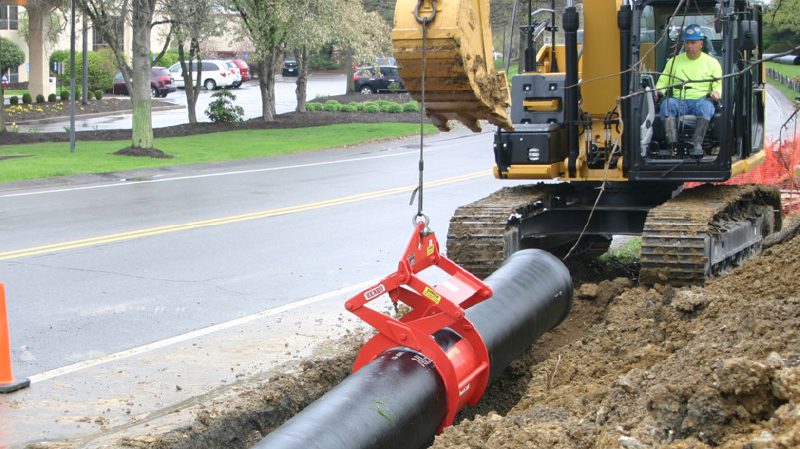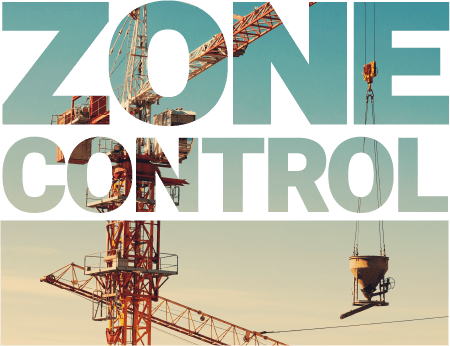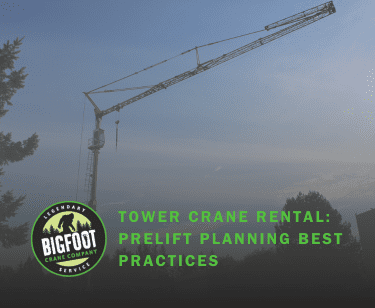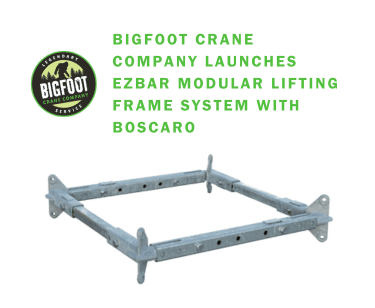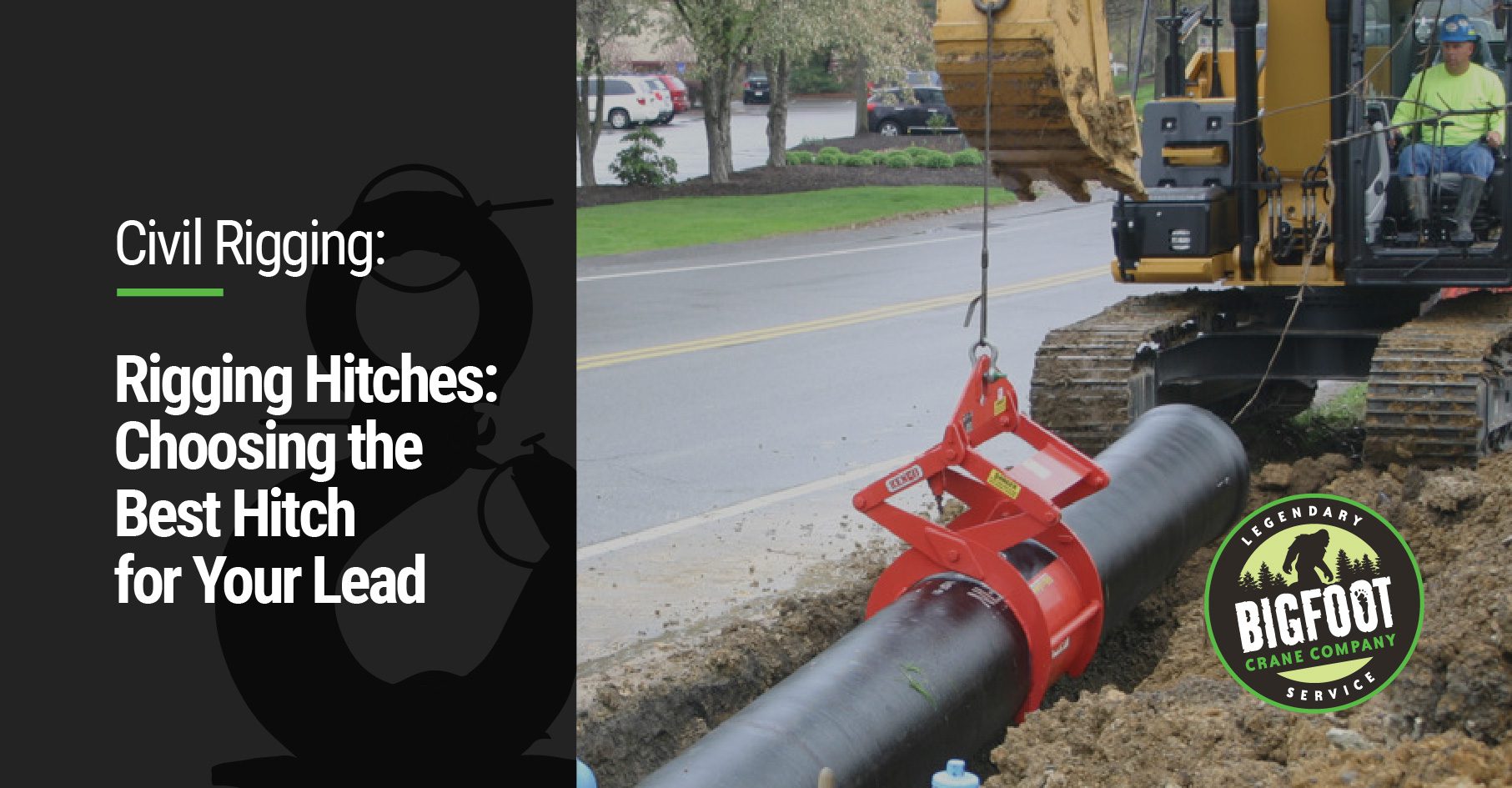
Riggers need to be aware of various types of hitches, so that they can determine which configuration is best for the particular load they are lifting.
The four main categories of hitches are:
- Vertical hitch
- Bridle hitch
- Basket hitch
- Choker hitch
According to Ralf Notheis, Manager of Bigfoot Crane Academy, choosing the best hitch for a load is about ensuring stability. “When it comes to lifting loose material, long material, or anything else that’s difficult to balance,” says Notheis, “the rigger needs to be able to decide the best hitch to keep that load intact and secure.”
Within each category of hitches, there are variations that provide flexibility regarding the size and shape of the load. For example, certain hitches include multiple slings, which can be configured to maximize stability and minimize slipping or tilting.
For certain loads, especially those with loose bundles of objects such as pipes, particular hitches are required. Riggers need to know these requirements, so that they can quickly and confidently determine what hitch is needed in any given situation.
In cases when riggers are actively using multiple slings to lift loads, it is also very important to secure all unused sling legs when changing hitch configurations.
In Bigfoot’s Civil Rigging Course, riggers become familiar with the various types of hitches, and they are given practice in choosing the best configuration in a variety of scenarios.
The goal of Bigfoot’s training is to help riggers work safely and efficiently. Rigging hitches is just one of the many areas that riggers are educated about, so that they can bring confidence and professionalism to their job sites.
To learn more about how to choose the best hitches for your loads, enroll in our Civil Rigging Course by clicking the button below.

